
My initial intention was to write romance fiction. Such kind of fiction is like peanut sticky rice, one eats it when one doesn’t want to think much about what to eat. However, it is said that the further I wrote, the further it strayed from typical romance fiction, though its main characters are lovers. My editor, who earned his crust by publishing Think and Grow Rich – the ultimate best-selling title in an industry that lived on textbooks and Excel guidances as well as self-published poetry collections distributed only to the author’s drinking buddies while their buddies pretended to leave the books in taverns, concluded that my manuscript was political fiction.
Nonsense. I’m too proud to cling to political fiction. I asked him to prove that it was political. He asked me if I ever read Kafka. In terms of Kafka, I admitted that I was not that dignified as I had consumed his oeuvre and I was still here, acting as if I could write something decent.
Let’s imagine this is a literary trial in which I was accused of the worst crime for a writer in my country—writing something worth writing about. I was sentenced without evidence and now I was jailed in my room, endeavoring to defend that my writing was just a dull version of Twilight with word-sucking vampires.
My heroine is she. She might have been me, though her skin was better-looking, with pores not enlarging like pitcher plants. I created my protagonist with normal skin rather than oily because having oily skin might cause troublesome situations: if she was detained, she would panic about her shiny-like-Simply face, every five minutes she would pick her pimples, and she would be too down in the dumps to contemplate on humanity. I bet that philosophers all have perfect skin, otherwise, they won’t have time to dwell on existence, the universe, and God. Anyway, she was a writer like myself. And like myself, she was a member of the National Writers’ Association.
The National Writers’ Association is an Association playing a vital role in this story so I would like to elaborate on it. It is a generally virtuous association that promotes anything righteous from environmentalism, patriotism, labourism, family affection, liberté, égalité, fraternité—in short, everything except literature.
She was a writer like me, but much more acclaimed. Each of her titles sold more than 30 thousand copies. She lived well without having to manage social accounts for a Masala restaurant on Lý Quốc Sư street. In reality, my books sold less than one thousand copies, including the dozen copies that I was given by the publishing house and another dozen that I begged my friends to buy. I must have committed a terrible sin in past lives that I was reincarnated into a writer. She wouldn’t agree with me. Every night, she got back home, while masking her face with Jeju’s volcanic clay purchased from a TikTok shop, she thought about how life had treated her so well, allowing her to read and write, to bury in Nabokov’s painful toothache and Proust’s chromesthesia, and then she would tuck in her bed, listen to a chapter of Dreams of the Red Chamber in which the dying maid Qingwen undressed her dudou to exchange for Jia Baoyu’s paofu, always that chapter, and dozed off.
It is an appropriate fiction until here. One day, she resigned from the Association. In my country, if you aren’t involved with it from the beginning, it’s alright. But once you belong to it, you shouldn’t withdraw from it. If she was an aging poet, her resignation wouldn’t make a buzz. However, she was young and talented, the elderly members expected that a writer like her would change the impression of the Association, that it was just a group of wrinklies with jagged teeth like Dracula. You can debate her writing, but not her teeth. Hers were flawless.
Why did she resign? If she were me, she would resign after realizing that she wasn’t of the same species as them. Not a perfectly accurate analogy, but they were like pig-tailed macaques and she a baboon. A macaque was a vegan primate, while a baboon also hunted for insects. They seek different things in life. She didn’t hold a grudge against any particular member. She liked most of them, sometimes for what they wrote, sometimes for what they (fortunately) didn’t, but she wouldn’t find the meaning of having the phrase “A member of the National Writers’ Association” fixed alongside her name to underpin her immature look as if without the footnote, her writing would be no more important than a description on a pack of chewing gum. Moreover, she wouldn’t want to enter the headquarters of the Association, she wouldn’t want to walk down the hallways lined with a myriad of books swelling like dung beetles nibbling the flesh of all the coffined writers working inside.
Nevertheless, as she wasn’t me, she resigned simply because she hated the way the Association’s magazine was squeezed under her doorway every week. Having a magazine tucked in your doorway wasn’t something annoying, neither was reading it (as she never did), but she found it irritating that she had to archive them. Her home was minuscule, and the magazines piled up year after year, possessing her space, and she thought one day they would go on possessing her. The literary demon would push her out of her place, while no exorcist could help. So she resigned. My editor said it wasn’t convincing.
Then I needed an excuse so she could encounter he, so I let my heroine pioneer an independent group called Literary Sunscreen. It was manifested to be a filter that blocked the traditional writing of predecessors, which was accelerating the senescence of contemporary literature. If her house were bigger, she would have places for magazines from both the Association and her group. But her house was small. Perhaps my editor was suspicious of this detail? But I guarantee that her leaving the Association wasn’t a rebellious act against the governmental school of literature. I just needed a reason for my heroine to encounter her hero. Please bear in mind that this is romance fiction.
After bumping into each other in several events that she initiated, he told her that he would follow her, from now on. This is unacceptable, said my editor. Why? To me, it’s just a confession. If Lạc Long Quân—the mythical ancestor of our people—were a real figure, he would say the same thing to Âu Cơ: I would follow you, from now on, though I was a dragon under the sea and you were a fairy in the sky. Just replace “a dragon under the sea” with “a cultural police” and “a fairy in the sky” with “a lighthearted writer”, and it becomes my romance fiction.
Logically, they often assigned a policewoman to follow a female writer to avoid rumors. But to make it easier for readers in my country to imagine, the cultural police was named “he.” “He” is just the surface of the word, this person could be a woman. But if I called both of my characters “she”, I would get confused. And any queer element would be frowned upon in our country’s mainstream publications.
Now readers may assume that he would make life a misery for her. But I didn’t let him do so. There were two reasons. First, I was well aware of the blind sword of censorship, slashing into whatever was around, like my mother playing Fruits Cut, so I was not that foolish to invent such a left-wing plot. After all, I didn’t want my writings to decompose in a drawer and only their corpses to be discovered by my descendants after a century while they were spraying the vault to destroy termites. Second, if you think he would make life a misery for her just because he was a cultural police, you don’t know about cultural polices.
Cultural police is an undemanding job, does it offer a high salary? – maybe, is it a dream job? – maybe not. But I can tell you that it’s undemanding. A cultural police doesn’t spy on drug lords or mob bosses, their targets are, more than often, as ignorant as a novelist who can cut the air like a dagger with words and at the same time, being afraid of their own shadow. A cultural police comes upon their heels and reports their daily activities: where did they go? (to a conference on decolonization), who did they meet? (a long-forgotten dissident writer and they talked about samizdat, then they had a beer or two and chewed over book piracies). And their book sells worse in my country than mosquito repellant in the Arctic.
She was still single, and having a guy around delighted her life. He escorted her everywhere, conferences and talk shows, friend reunions, and book launches. When she woke up, he was already at the door waiting for her, and he only left when she was already at home applying a mask. Sometimes, when she was getting a morning shower, he would receive things sent to her. Sometimes a facial washing machine, sometimes a cat box, a cat deodorizer, a cat hair remover (by the way, she had a Scottish Fold named Miu). She had never been taken care of that much. One day, she invited him in to share her homemade crab noodle soup.
Undoubtedly, this is pure romance fiction. I tried to imitate a little bit of Roman Holiday, a little bit of It Happened One Night, a little bit of Before Sunrise, a little bit of Full House, a little bit of Crash Landing on You, a little bit of Chí Phèo. Her crab noodle soup is so creamy that he ate three bowls in a row. Miu curled up in his lap as soon as he settled down at the dining table. She prated on literature and films, and he tuned in to her stories. Finally, she put a DVD of Chungking Express, the movie that she forced every lover-to-be to watch, into the ramshackle drive, and they silently sank into a neon world in which a short-haired girl sneaked into her dream lover’s home and made his bed. She wondered if one day he would also sneak into her home and make her bed. She also gave him a tube of sunscreen as she noticed some speckles on his cheeks before he went home. But he didn’t go home. Like all romance fiction.
It’s unreasonable for such a love story to be labeled as reactionary. My editor said even if the first part got away with censorship, the second part would pass through. Up until this very moment, I couldn’t figure out why. The police vanished into a puff of smoke, one day. That morning, the delivery man came with another package (a scented candle for pluviophiles), but he wasn’t there to receive it for her. Maybe he was on leave. Even policemen need to take a vacation. But one month later, she realized that he wasn’t. She was joining a conference on the jazz elements in lục bát poetry when she took a glimpse of him, who had come here for another female writer. She was no longer deemed dangerous. Someone decided that Literary Sunscreen was just like dietary supplements, which was of no use, yet no harm.
She asked herself: What did the other female writer do to be classified as more dangerous?; did she find a literary forum?; did she live in a house more cramped than hers?; did she harm society more than her?; would he do to her the things that he did to her? (this part was inspired by ABBA lyrics: But tell me, does she kiss like I used to kiss you?, just replace “kiss” with “cause troubles to”).
The whole story is just romance fiction with an old-fashioned structure found in the first chapter of The Plotting Guidance for Beginners. There is no embedded allusion, no venoms to poison anything, no claws to scratch anyone, except Miu’s claws that cut into her thigh while she was sobbing, and for the first time in years, she forgot to apply a facial mask before hitting the sack.
I thought of Chinese wuxia novels, whose heroines dared to make a scene to take back her man even if she had to sacrifice her blood and flesh when I wrote the ending of my story. Wuxia novels have always been a reading staple in our country—how can my story be judged as provocative? My heroine did nothing wrong, she just carried a protest banner to the Old Quarter to participate in an unregistered parade, though she wasn’t apprised of what they were marching for, and she didn’t give a hoot about it. An unregistered parade was an urban legend in her hometown, a long-breasted ghost or a three-sacked man that most heard of but never faced. But to my heroine, the parade was no more than a stage for her, for once, to pretend to be a troublemaker. In that light, she was just a desperate lover longing to be seen by her inamorato, like Victor Hugo’s youngest daughter, a schizophrenia patient fictionalizing her love life into a tragedy more moving than anything her great father had written just to regain the man that was never hers.
In the wake of being arrested, my heroine insisted interrogators put her on the list of suspects so her ex-lover would keep following her. She was mad, said the interrogators, then they released her. Like a martial master who never yielded, she hatched another scheme. On a full-moon night, after applying mask, she groped her way to the headquarters of the Association while the guard was snoozing, after all there was nothing to guard, if a thief ever got into the building, then pity him, he would find only a grave of books starving for oxygen and imprisoning mummified-while-alive souls, and with a matchbox, she burned them all: books, souls, even termite eggs, and when the guard stopped snoring, it was all too late. She felt triumphant, the great expectations must be fulfilled now. To her dismay, even the trump card couldn’t bring him to her. It just brought a porcelain-white room, in an asylum. She should have been aware that in the folktales of her mother’s land, the first-ever romance fiction was a sad one – from the beginning, it was all bad luck.
However, I swear I didn’t mention a word about the collective heritage that has been a burden in the unconscious of our people. She’s just she, not me, not any specific one, she doesn’t represent anything, not the intellectuals nor the marginalized, not the dissidents nor the subversives. Because this is not political fiction. This is just romance fiction.
 Hiền Trang (b. 1993) is a Vietnamese writer and translator based in Hanoi, with 8 published books ranging from novels, essays to short story collections. Her latest works are Quán Bar Trong Bụng Cá Voi (novel, 2023) and Những khán giả ngồi trong bóng tối )short story collection, 2023). She was selected as a participant of the International Writing Program Fall Residency 2022 in Iowa, U.S. Hiền Trang won Vietnam’s National Book Award in 2023 for her translation of Playing Jazz In Socialist Vietnam. In terms of poetry, she has some of her poems published in Modern Poetry in Translation (UK) and Voice and Verse Poetry Magazine (Hong Kong).
Hiền Trang (b. 1993) is a Vietnamese writer and translator based in Hanoi, with 8 published books ranging from novels, essays to short story collections. Her latest works are Quán Bar Trong Bụng Cá Voi (novel, 2023) and Những khán giả ngồi trong bóng tối )short story collection, 2023). She was selected as a participant of the International Writing Program Fall Residency 2022 in Iowa, U.S. Hiền Trang won Vietnam’s National Book Award in 2023 for her translation of Playing Jazz In Socialist Vietnam. In terms of poetry, she has some of her poems published in Modern Poetry in Translation (UK) and Voice and Verse Poetry Magazine (Hong Kong).





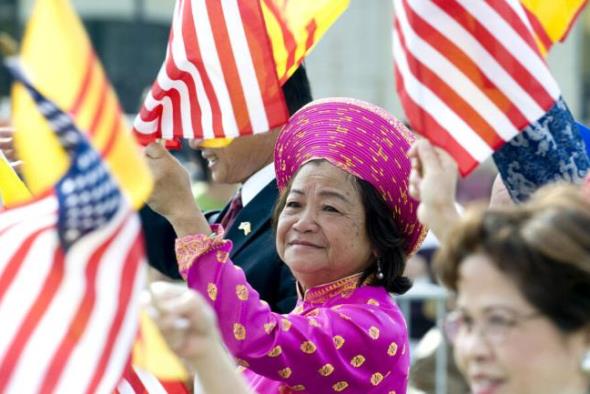
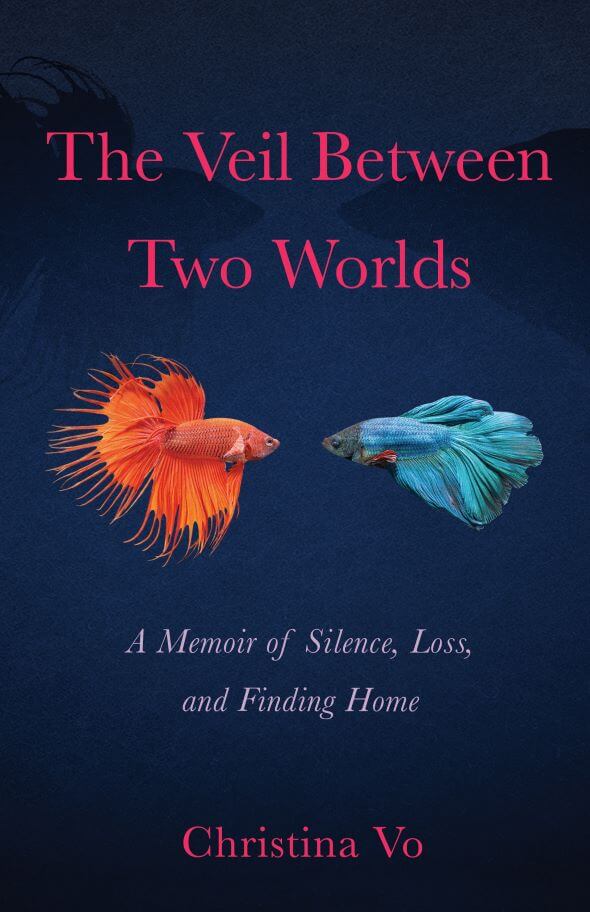
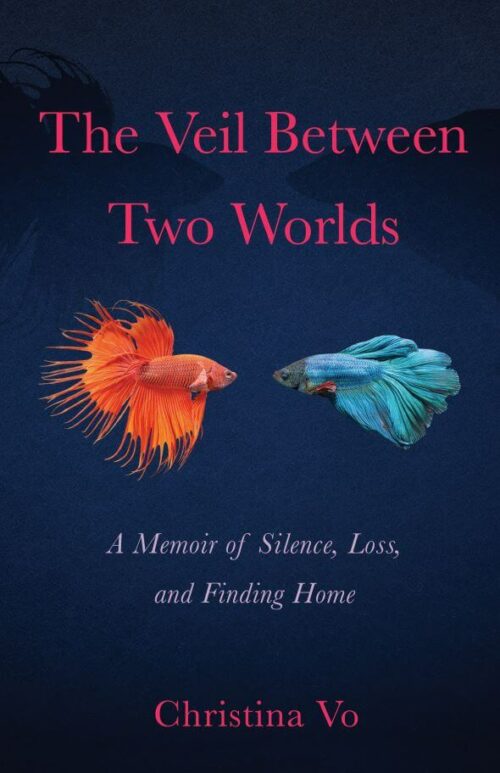


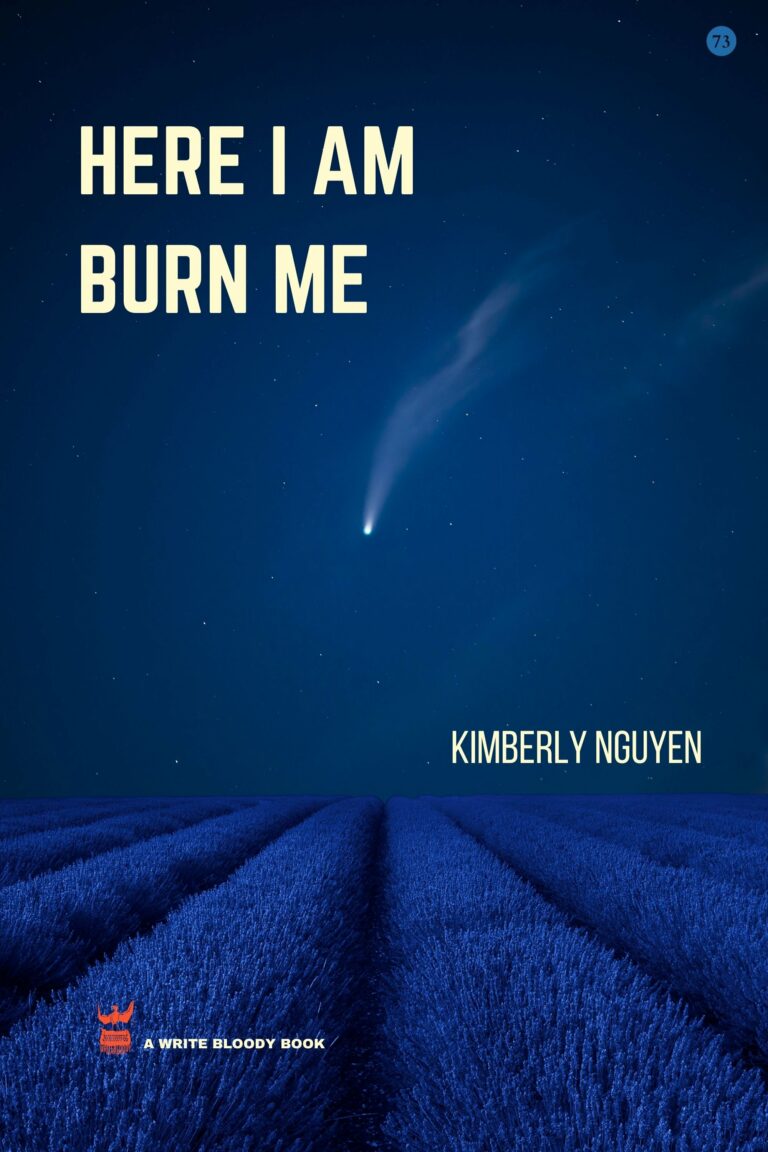

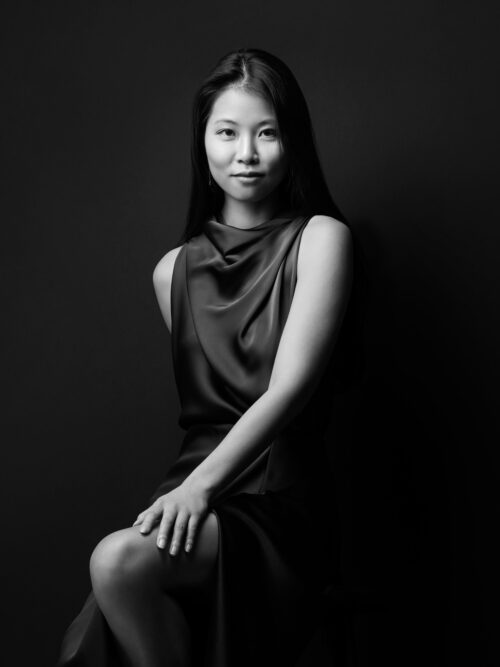

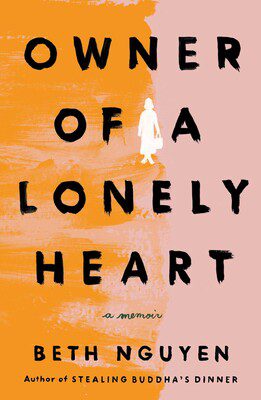
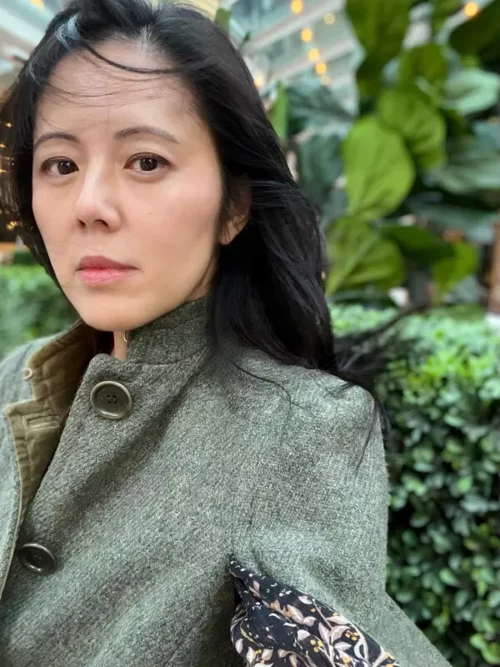



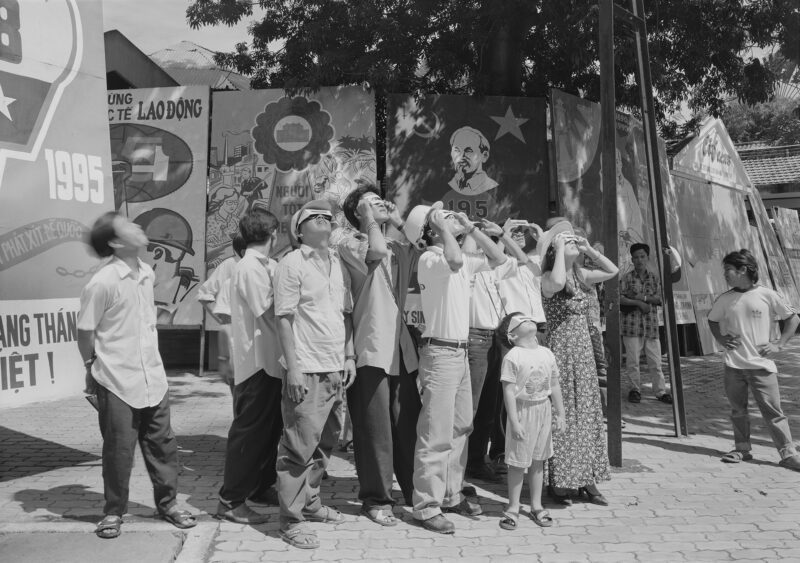

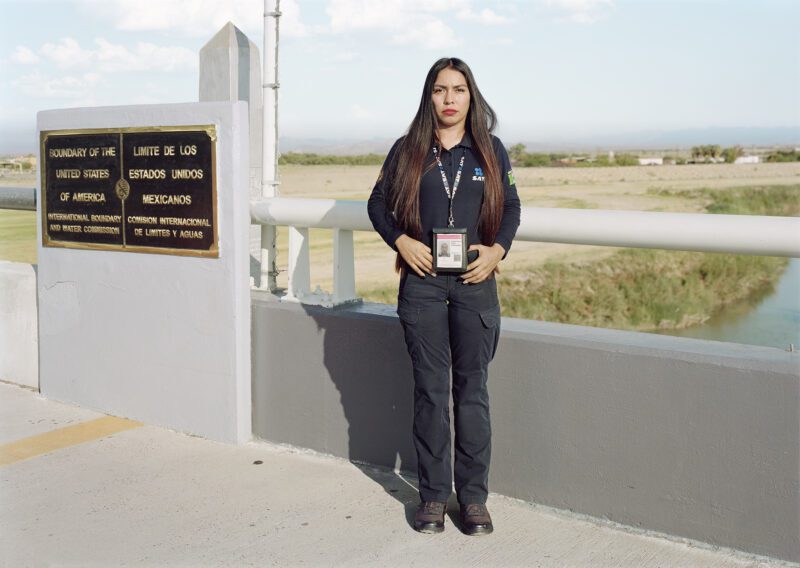
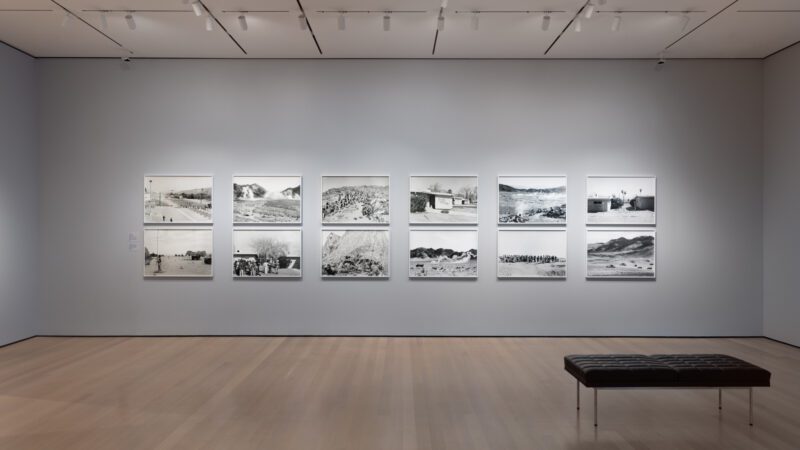
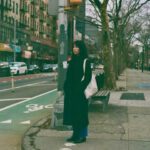 Born in Hanoi, Vietnam, Thu Nguyen currently resides in Brooklyn, New York. A lawyer by trade, she spends her free time reading (often) and writing (occasionally).
Born in Hanoi, Vietnam, Thu Nguyen currently resides in Brooklyn, New York. A lawyer by trade, she spends her free time reading (often) and writing (occasionally).